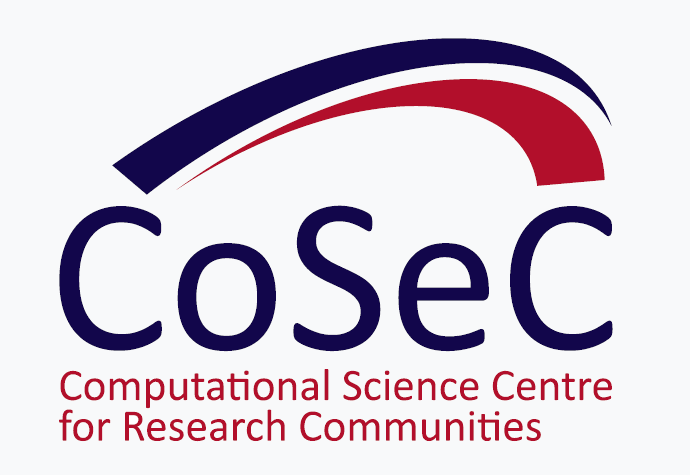This online industry talk will be given by Huafeng Xu, the Founder of Atommap, a computation-driven drug discovery company.
Title: Computation-driven drug discovery
Abstract: We are witnessing a rapid rise of computation in the drug discovery industry. The renewed excitement about computational modeling is attributable to the dramatic growth of computing power and substantial and continuous improvements in the models of computational chemistry and biology, including both progress in mature physics-based models and the emergence of deep neural network (DNN) and other machine learning models. Here, I illustrate the use of multi-scale, multi-fidelity molecular modeling in computation-driven drug discovery, focusing on exploiting the conformational dynamics in biomolecules to enable new therapeutic opportunities. By incorporating biophysical data, such as hydrogen-deuterium exchange (HDX) and nuclear magnetic resonance (NMR), into molecular dynamics simulations (augmented by enhanced sampling techniques), we turn the low-resolution experimental measurements into accurate models of structural ensembles of proteins at atomistic resolution, yielding novel structural hypotheses for drug design. Using this approach, we have optimized a small molecule agonist for both affinity and stabilization of the active conformation of Stimulator of Interferon Genes (STING) and rapidly advanced the program into clinical trial, and we have designed an active targeted protein degrader of SMARCA2 based on a modeled conformation of the SMARCA2-degrader-VHL ternary complex previously unobserved but subsequently confirmed in crystallography. I discuss the path to general application of computation-driven drug discovery.



